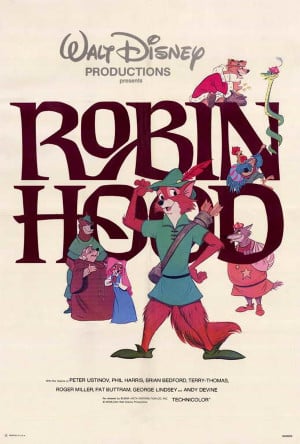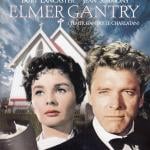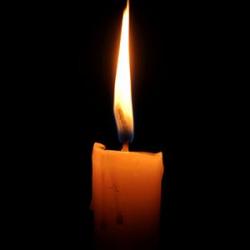Even if you’ve never heard of Tunnels & Trolls, you can probably guess what it is: a knock-off of Dungeons & Dragons.
We played T&T when I was a kid. This wasn’t because the game was designed to be simpler, cheaper, and more accessible than D&D. It’s because it was not Dungeons & Dragons and as good white evangelical/fundamentalist kids, we were not allowed to play Dungeons & Dragons.
 I’m grateful to Jim Clark (no relation), the high school English teacher at my private Christian school, for discovering and exploiting this loophole in the Satanic Panic of the 1980s culture wars. He played Tunnels & Trolls with students during lunch a couple of times a week and somehow managed to convince our very conservative fundie school and church that all of the nefarious things they were sure made Dungeons & Dragons an officially forbidden activity did not apply to T&T. And he was very good at using C.S. Lewis, Tolkien, and John White’s Tower of Geburah series to defend the fantasy aspects of fantasy role-playing.
I’m grateful to Jim Clark (no relation), the high school English teacher at my private Christian school, for discovering and exploiting this loophole in the Satanic Panic of the 1980s culture wars. He played Tunnels & Trolls with students during lunch a couple of times a week and somehow managed to convince our very conservative fundie school and church that all of the nefarious things they were sure made Dungeons & Dragons an officially forbidden activity did not apply to T&T. And he was very good at using C.S. Lewis, Tolkien, and John White’s Tower of Geburah series to defend the fantasy aspects of fantasy role-playing.
Thus, thanks to Mr. Clark, this game — essentially a simplified clone of the original — became begrudgingly acceptable in our little corner of white evangelicalism in the same way that “Christian rock” like Amy Grant and Keith Green was begrudgingly acceptable.
Eventually, of course, most of us who started playing Tunnels & Trolls also wound up playing Dungeons & Dragons too, we just learned to hide that from the kinds of adults at church or school who were sure to be vaguely freaked out by such “demonic” games.
The main practical difference between the two systems was that T&T used only six-sided dice. This was simpler, at first, since you didn’t need a D4 or D10 or D20 to play, only the normal dice you already had from board games like Monopoly and Yahtzee. But as you got to higher levels in the game, it meant you needed a lot of six-sided dice. The hardest thing about fighting a fire-breathing dragon turned out to be rolling all those dice without them falling off of the table.
Tunnels & Trolls also didn’t have “alignment” — the strange, fascinating system D&D uses to describe a character’s moral outlook. This categorizes a character as good, evil, or neutral, and also as “lawful,” “chaotic,” or neutral. In my first-ever D&D game, they explained it to me by saying that “Lawful Good” was like Lancelot while “Chaotic Good” was like Robin Hood.
So I chose Robin Hood, obviously, and pretty much have ever since in every D&D session I’ve ever played.
As I thought more about D&D’s alignment system, I started to wonder if this might be another reason my white evangelical subculture hated this game. I had heard some criticize the game for allowing the option of playing evil characters, condemning both the game and the players for wanting to “fantasize about being evil.” But I think the bigger obstacle, for evangelicals, was the idea of any distinction between “lawful” and “good.” That wasn’t a distinction they were willing to allow — or to allow themselves to think about.
I started thinking about how if you asked them, they would tell you that Jesus was Lawful Good.
Really. I think, somehow, they imagined that the “The Sabbath was made for man, not man for the Sabbath” guy was as much of a stickler for following the rules as they were themselves.
This was back in high school. I was a devoted member of my church youth group and still every bit the unwavering, loyal, fundamentalist I had been taught to be. But here was a mustard seed of some previously unthinkable (to me) alternative way of believing. What if Jesus was Chaotic Good?
That thought didn’t change me, but it made me receptive to other thoughts and ideas and understandings that later did.
And I still think it’s a useful description of evangelical Christianity: people who think of Jesus as Lawful Good, and who view Chaotic Good as an enemy.













